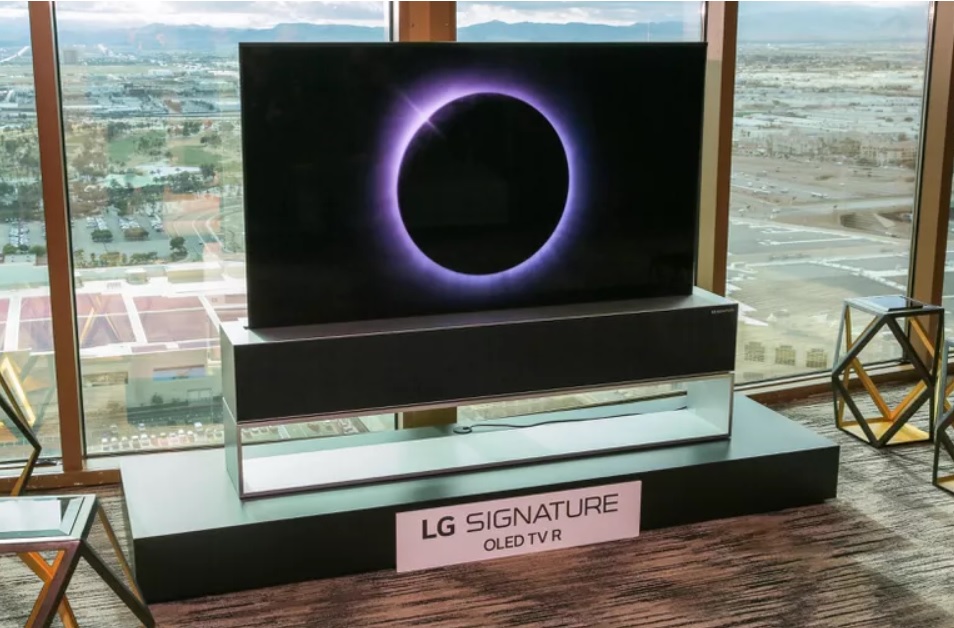
The terms LCD, LED, have been there in the market for ages now. Well, the latest word you must be coming across is OLED? Of course, your brain is searching for a lot of answers, ain’t it? So, what is OLED?
It is the panel technology being used for OLED TVs and also for the flagship mobile phones like iPhone 11 Pro. The market is always bringing new terms and for the customers, it is difficult to know about all of them. But you got to know the essentials, right?
OLED is the latest term in the market and is prevailing a lot of smart TVs. If you are looking to buy one, then you should give this a read. OLED is the abbreviation for ‘Organic Light Emitting Diode’ that is used for screens just like LCD, LED, or plasma. It was predicted earlier that OLED would soon be a part of the home entertainment and you see, it is everywhere now.
Interesting Read: How to turn an old TV into a Smart TV?
In terms of quality, OLED has great image quality compared to its predecessors. OLEDs produce great blacks and whites with great color corrections. Not only the picture quality, but OLEDs are also blessed with reduced power consumption and faster response times.
OLED TVs are however highly priced and not for everyone’s budget. Owing to the quality, OLEDs have a steep price, but it is slowly moving down the curve. A Lot of products with constricted prices are now coming up in the market and will soon boom for each one to afford an OLED screen.
What makes OLED stand out?
The O in OLED is for organic which refers to the carbon film inside the panel just before the glass screen. While the other screens require an external light source, OLED panels emit light on their own when electricity is passed through it. LEDs and LCD take the help of a giant backlight for brightness. These backlights are mostly used to cut off the hot spots or places with bright light and rather illuminating the screen uniformly.
It was discovered by scientists that turning off the LEDs on the portions would make it blacker. It is a better solution than that of CCFL. However, there were still some shortcomings which have been left back by OLEDs. In the case of the OLED display, the pixels produce light themselves, and for the blackness, they turn themselves off completely rather than turning off the backlight.
Also Read: How to Load external subtitles in Films & TV app of Windows 10?
Advantages
OLEDs produce excellent vibrant images, with the combination of dark blacks in an image and the bright whites of an OLED panel. Most producers of OLED panel use the terms “infinite contrast” to describe the self-lighting pixels and “absolute” black color for screens. With the increase in the production of OLEDs by leading companies, the affordability is improving.
The display of OLED promises responsiveness and smoothness which is like a boon to the gamers. OLED TVs are for sure, the choice of gamers. The refresh rate is low as 0.001ms, i.e, around a thousand times faster than a standard LED-backlit LCD panel, or plasma tech.
Also, due to the use of tiny light sources, the screen size is also decreasing.
OLED TVs have been in the market since 2012, which, however, now is taking a hype. Now a lot of manufacturers are producing OLED TVs with affordability. No doubt the price of OLED TVs is high, but efforts are being made to make it available at cheaper prices.
What is OLED Burn-in? Is it worth worrying about?
Burn-in or image retention is a permanent mark of the image on a pane when displayed continuously which of course is not a great idea for home television. This is not worried about incase of OLED TVs as it may happen in extreme cases of repeat like that in-display unit in a showroom or retail store. However, TV producers are working on it to make it more reliable in such a case. Well, if your TV runs for countless hours, OLED is not your thing, at least for now.
OLED is an expensive panel technology that is finally gaining the market after its launch long back in 2012. It has not become a lot affordable yet, but still lesser than what it was earlier. With the growing market, the prices are expected to fall down, and the customers can happily take it on.
Besides OLED, makers are now working on the QD-OLED. This technology is now in the development stage and when it is done, it will take a surge in the market. But for now, you can keep up with OLED until the hypothetical panel is available for customers in real.

